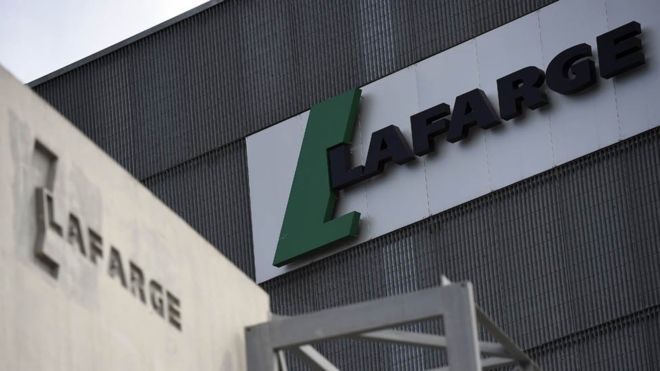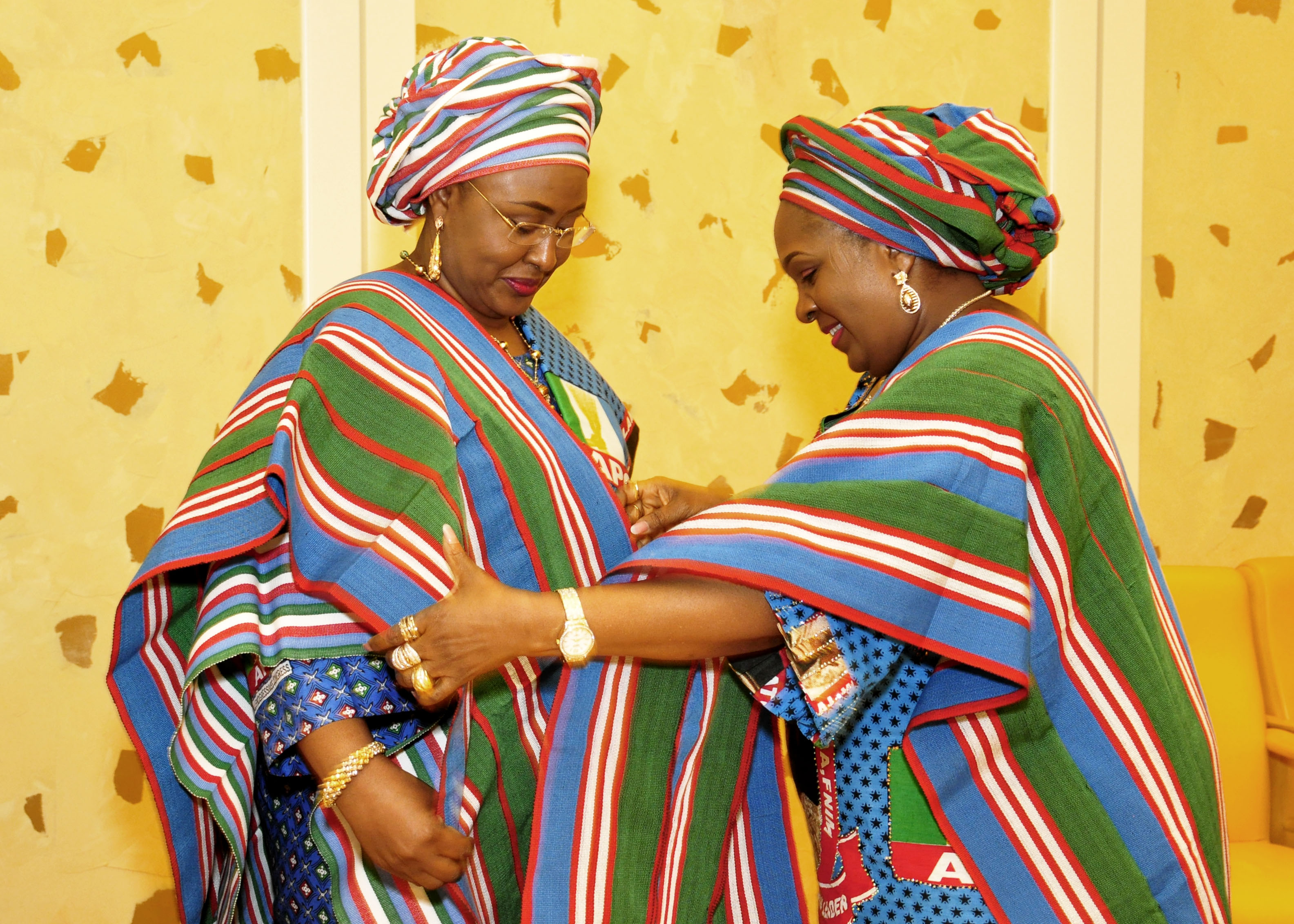THE backward integration policy of the Federal Government in the cement industry saves Nigeria N240 billion yearly, Lafarge Africa Plc has disclosed.
Procurement Director, Lafarge Africa, Mr. Lolu Alade-Akinyemi, made the disclosure, in Abuja, during the 23rd Nigeria Economic Summit themed ‘Opportunities, Productivity and Employment’.
He explained that since the inception of the backward integration policy in 2002, the local manufacturer of cement has seen installed capacity increase from two million to 32 million metric tonnes.
Alade-Akinyemi stated: “Increased local capacity in the manufacture of cement has so far attracted $6 billion in investment. The industrial policy of the government has harnessed Nigeria’s huge limestone deposit saving the country N240 billion per year.
“Nigeria’s leading building solutions provider has increased local sourcing of critical materials using alternative fuel (biomass) and locally mined coal and lately doubled production capacity at its Mfamosing plant in Calabar to five million metric tonnes expanding significantly Lafarge Africa’s footprint in Nigeria and West Africa.”
Speaking further at the summit, Alade-Akinyemi, said that the policy has created about two million jobs, boosted local content, productivity and innovation, adding that the growth of the industry has also broadened government’s tax base.
Vanguard’s investigation revealed that top cement producers in the country are aggressively funding new projects that will raise their installed production capacity by an additional 22.5 million metric tons (mmt) per annum.
This expansion being driven by the top three cement producers – Dangote Cement Plc, Lafarge Africa Plc and BUA Group – will bring their aggregate total capacity to 53.75 million metric tonnes by the end of 2018, from the current 31.25 million metric tonnes per annum.
Data on local production capacity builds of the cement producers showed that the backward integration policy of the federal government in the cement industry has increased the installed capacity of the cement producers from 11.9 million metric tonnes in 2008 to 32 million metric tonnes in 2016.
Statistics has also shown that the backward integration policy has seen Nigeria move from a top 10 cement importer to a net exporter of cement – earning dollars and lessening the strain on foreign exchange within the last decade.




